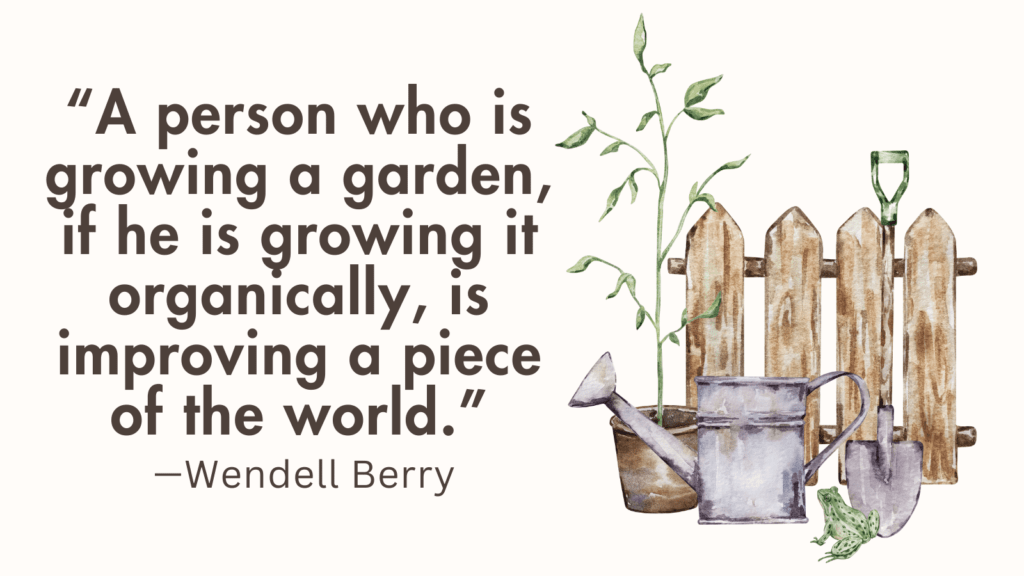In this post, you’ll learn all about white lavender.
White Lavender
White lavender, scientifically known as Lavandula angustifolia ‘Alba,’ is a beautiful and fragrant herb that belongs to the mint family, Lamiaceae.
It is a variant of the more commonly seen purple lavender, but with stunning white flowers that add an elegant touch to gardens, landscapes, and even indoor spaces.
Characteristics of White Lavender
White lavender possesses many of the same characteristics as its purple counterparts but stands out due to its unique flower color.
The blossoms are small and delicate, composed of tiny white petals arranged in clusters atop slender, woody stems.
Like other lavender varieties, white lavender also boasts narrow, silver-green leaves with a distinct fragrance that is often described as herbal, floral, and slightly sweet.
Growth Requirements of White Lavender
1. Light
White lavender thrives in full sunlight, requiring at least six hours of direct sunlight each day.
Placing it in a location that receives abundant sunlight will promote healthy growth and vibrant blossoms.
When grown indoors, ensure it has access to bright, indirect light near a south-facing window.
2. Soil
To support optimal growth, white lavender prefers well-draining soil with a pH level between 6.5 and 7.5.
Consider adding organic matter such as compost or peat moss to improve soil drainage and fertility.
Moisture retention should be balanced to prevent waterlogged roots, as excessive moisture can lead to root rot and other fungal diseases.
Related: Why Do You Plant Rosemary By Your Garden Gate?
3. Watering
Lavender plants, including white lavender, are drought-tolerant and do not tolerate excessive moisture.
Water your white lavender sparingly, allowing the soil to dry out slightly between waterings.
Depending on climate and conditions, typically applying water once every 7-10 days during the growing season is sufficient.
However, it is important to adjust watering frequency based on environmental factors and plant needs.
4. Temperature and Humidity
White lavender is a hardy perennial, capable of withstanding a range of temperatures.
It prefers moderate to cool climates, with temperature ranges ideally between 60-75°F (15-24°C).
It can tolerate colder temperatures down to approximately 20°F (-7°C) but may require winter protection in regions with harsh winters.
Maintain proper air circulation around the plant to discourage humidity-related issues like powdery mildew.
Related: How To Put Slate In A Garden?
5. Pruning and Maintenance
Regular pruning helps maintain the shape and health of white lavender.
Prune after the blooming period by cutting back one-third of the plant’s height, avoiding cutting into woody stems.
This promotes bushier growth and enhances airflow, reducing the risk of disease.
Additionally, removing spent flowers (deadheading) encourages the plant to produce more blooms.
Benefits of White Lavender
1. Aesthetic Appeal
The distinctive white flowers of white lavender bring an ethereal beauty to any landscape or garden.
They create a serene and calming atmosphere, particularly when planted en masse or combined with other plants in complementary colors.
White lavender can also be used to enhance floral arrangements, potpourri, and crafts.
Related: How To Build A Garden Window?
2. Fragrance and Aromatherapy
Like its purple counterparts, white lavender emits a captivating fragrance cherished by many.
Its scent has traditionally been associated with relaxation, stress reduction, and improved sleep quality.
Growing white lavender indoors allows you to enjoy its delightful aroma throughout your home, providing a natural air freshener and mood enhancer.
3. Medicinal and Culinary Uses
White lavender shares similar medicinal properties with purple lavender.
It contains essential oils, such as linalool and linalyl acetate, known for their potential antiseptic, anti-inflammatory, and calming effects.
The flowers can be used to make teas, culinary infusions, or added to desserts, imparting a subtle floral flavor.
However, it’s important to note that white lavender should be sourced from reputable suppliers who cultivate plants for consumption.
4. Pollinator Attraction
The flowers of white lavender attract pollinators such as bees, butterflies, and beneficial insects.
By planting white lavender in your garden, you can contribute to supporting these vital species and promote biodiversity.
Related: Garden Tool Box [Complete Guide + Resources]
Conclusion
White lavender is a stunning variant of the popular lavender plant, offering alluring white flowers that beautify any space.
By providing adequate sunlight, well-draining soil, and careful watering, you can cultivate and enjoy the many benefits of white lavender.
Whether for aesthetics, fragrance, medicinal uses, or pollinator attraction, white lavender is an excellent addition to gardens, landscapes, and indoor environments alike.

Garden Cart
*As an Amazon Associate I earn from qualifying purchases, at zero cost to you, if you click through the link and finalize a purchase.





